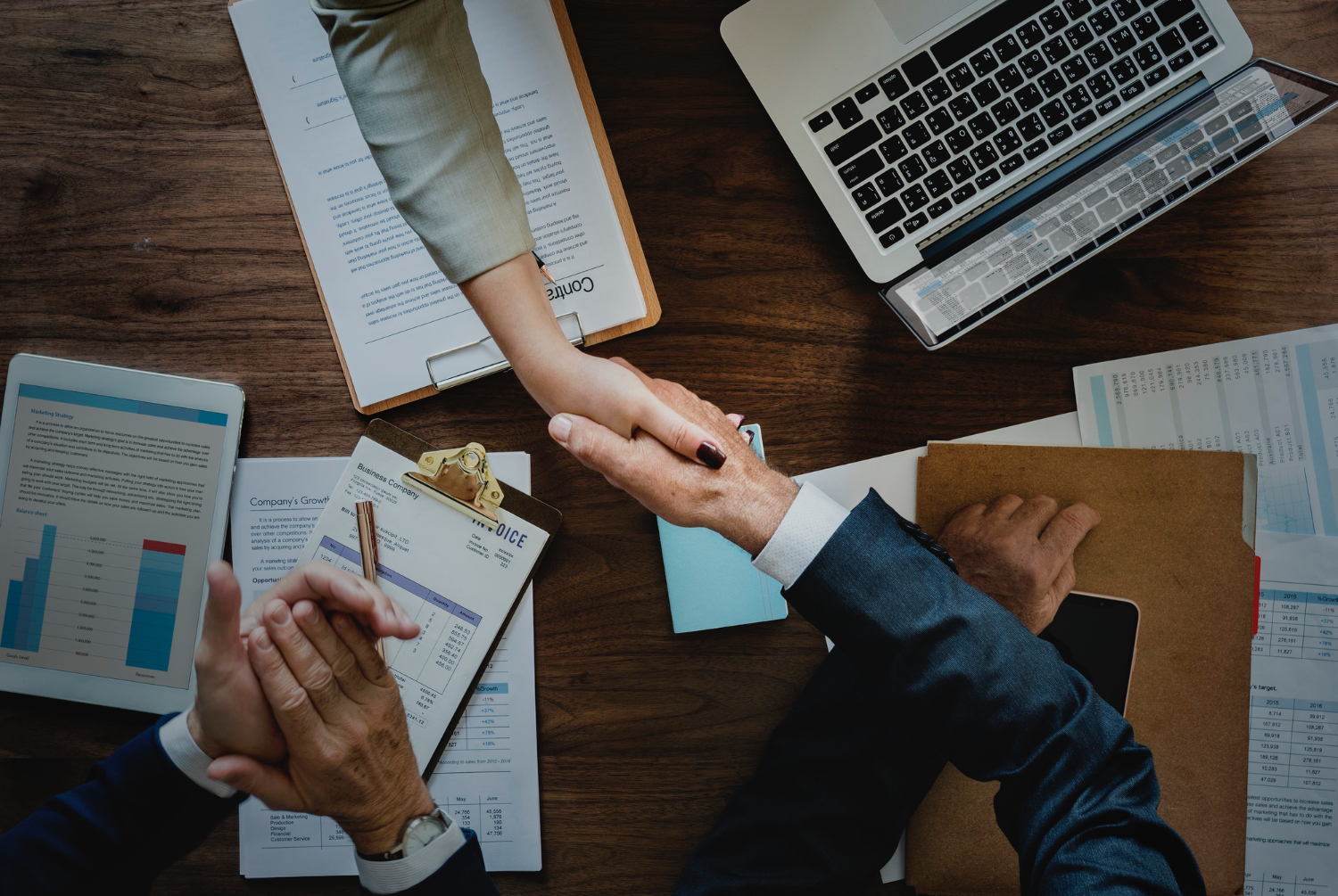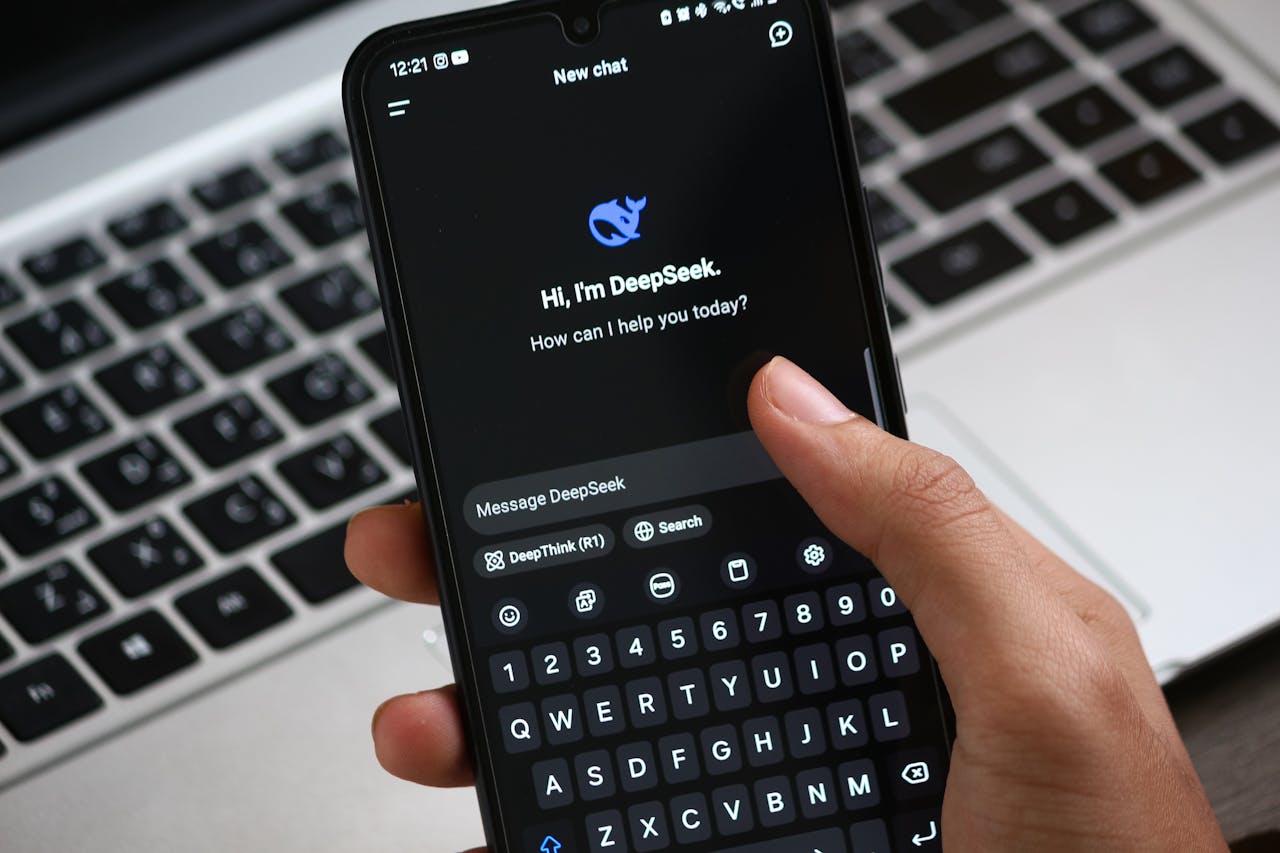An Entrepreneur's Guide To Understanding The Business Cycle

The business cycle implies the undulating or seasonal nature of the business environment comprising four phases - expansion, peak, recession, and recovery. The phases of the business cycle are determined by various economic factors like government policies, consumer behavior, disasters, or shifts in global trends/events, which is why the business cycle is also known as the economic cycle. Soon I’ll explain the different phases of the business cycle, its impact, and what entrepreneurs should know to successfully predict and navigate the different phases.
Why is the business cycle important to entrepreneurs?
Each phase of the business cycle has a specific impact on businesses. Entrepreneurs need to know how to identify the phases and their impact on the business to make informed decisions. For instance, when introducing a new product into the market, it’s important to know in advance how the market will respond. Customer behavior is one of several criteria that will be considered in this case. During the expansion phase, customers spend more but tend to be cautious and spend less during a recession. Therefore if the market is entering into a recession, entrepreneurs may decide to delay product launch until the market recovers. This is just one example of how knowledge of the business cycle can be used.
Indicators of business cycles
Common indicators that can be used to determine business cycles are;
Gross Domestic Product (GDP) - this is the total value of goods and services produced in a country in a given time. This is also known as real GDP and the value of this metric rises and falls as the economy expands and contracts. Note that contraction is synonymous with recession. In most cases, the economy is considered to enter into a recession when there’s a drop in real GDP for two consecutive quarters.
Unemployment rate - this is the percentage of the labor force that is unemployed. A high unemployment rate indicates economic contraction or recession as businesses often lay off workers during this period. However, when the economy recovers and begins to expand, it is common for the unemployment rate to drop and the employment rate to increase.
Interest rates - this is the interest charged on a loan. Lower interest rates stimulate economic growth because businesses are willing to take out loans for investments. Consumers are equally willing to borrow money and spend more when the interest rate is favorable. High interest rates on the other hand will make both businesses and consumers cautious and less likely to take out loans. This means consumer spending will decrease, and businesses will focus less on growth and more on cutting down expenses.
Consumer spending - this is the total amount of money spent by the consumer on goods and services. Consumer spending rises and falls with fluctuations in the economy making it a reliable metric for predicting business cycles.

The Six Phases of the Business Cycle and What They Mean
The business cycle has four basic phases, however, some sub-phases occur within each phase. These sub-phases occur at the point of reversal or transitions between phases. Going by this, the business cycle can be said to have six phases as shown in the diagram below

Remember, where or when the cycle starts depends on what time the business enters the scene. A business may be founded at a time the economy is expanding or has reached its peak as well as during a recession, trough, or recovery.
However, most businesses are established when the economy is expanding (growing). As such, starting the business cycle with the expansion phase is normal. Let’s dive into the details of each phase.
Expansion - this is when the economy is growing. Indicators of the expansion phase are low interest rates, high production, an increase in consumer spending because of high income or wages, and employment rate increases while the unemployment rate decreases.
There will be a higher demand for goods and services, and business policies will favor growth and expansion to meet the growing demand. This is all made possible by readily available cash from investors and lenders.
Peak - after a while, the economy reaches a saturation point and growth slows down. At this point, the economy is said to have reached its peak. All indicators of the growing economy would also be at the maximum possible levels. One major indicator of the peak phase is the inflation of prices of goods and services.
This happens when businesses max out their production capacity and can no longer meet demand from consumers resulting in higher prices. To quell the rate of inflation, the government will raise interest rates making it more expensive for both businesses and consumers to take loans.
As spending drops and the economy contracts, the economy would gradually enter into a recession.
Recession - when consumers become more cautious about their spending, demand for goods and services drops. In response to this, businesses will lower their prices to encourage spending. Meanwhile, the production capacity which had been raised to meet high demands is still pushing out products at the same rate as when the economy was growing.
Before businesses can lower production levels, the market will already be oversaturated. As supply now exceeds demand, prices continue to drop and businesses struggle to keep up with operating costs in light of poor demand using various cost-saving measures.
Eventually, a recession could trigger a sub-phase known as depression.
Depression - this phase is characterized by a declining economy, high unemployment rates, and low income and wages. Everything that indicates a growing economy tends to drop drastically in a depression.

Trough - This is the lowest point of the cycle. Just as the peak is the point of saturation in an expanding economy, the trough represents the point of saturation in a recession or depression. Due to the recession, consumers spend less in a bid to save some money, and businesses respond to this by cutting down supply. Supply and demand continue to contract until they reach the lowest point - The Trough.
Recovery - this is the point between the trough (lowest point of depression) and expansion (a booming economy). At this point, some indicators of a booming economy are evident such as rising GDP, reduced unemployment, and increase in production. The government steps in to boost the recovery of a depressed economy by implementing certain fiscal and monetary policies like lowering interest rates. This will encourage businesses to take out loans for investments and also encourage consumer spending.
Conclusion
The business world can be explained in two words - roller coaster. There are ups and downs and business owners need to be one step ahead of the economy. They need to predict when the tides are about to turn and take measures to ensure their business survives and thrives. Doing so requires knowledge of the business cycle and the various impacts each phase of the cycle has on the business.
Recommended Read - Here's How To Create An Ultra Successful Startup
FAQs: An Entrepreneur's Guide To Understanding The Business Cycle
The four main phases of the business cycle are: - **Expansion**: A period of economic growth marked by rising GDP, decreasing unemployment, and increased consumer spending. - **Peak**: The height of economic growth where the economy reaches its maximum productive capacity, often leading to inflation. - **Recession**: A period of economic contraction characterized by reduced consumer demand, declining GDP, and rising unemployment rates. - **Recovery**: The transition phase where the economy rebounds from a recession, with rising production and employment.
Understanding the business cycle helps entrepreneurs anticipate economic changes and make informed decisions. For example: - During an expansion, they might scale operations or launch products to meet growing demand. - During a recession, they can focus on cost-cutting and postponing non-essential investments. This knowledge allows businesses to thrive in growth periods and navigate challenges in downturns.
The main indicators of the business cycle include: - **Gross Domestic Product (GDP)**: Measures economic output; growing GDP signals expansion, while declining GDP indicates contraction. - **Unemployment Rate**: High unemployment suggests a recession, while low unemployment signals expansion. - **Interest Rates**: Low rates stimulate growth, while high rates can slow the economy. - **Consumer Spending**: Accounts for a significant portion of economic activity; increased spending signals recovery or expansion, while reduced spending reflects contraction.
Consumer behavior plays a pivotal role in driving the business cycle: - **In Expansion**: Consumers feel confident, earn higher incomes, and spend more, fueling growth. - **In Recession**: Cautious spending reduces demand for goods and services, slowing the economy. Entrepreneurs can adapt their strategies, such as timing product launches or managing pricing, based on consumer behavior trends.
To survive and potentially thrive during a recession, businesses can implement strategies like: 1. Reducing operating costs to stay efficient. 2. Diversifying product or service offerings to reach new markets. 3. Strengthening customer relationships by offering value-driven solutions or discounts. 4. Delaying costly investments until the economy begins recovering.
Government policies greatly influence the business cycle: - **During Expansion**: Governments may increase interest rates or reduce spending to control inflation. - **During Recession or Recovery**: Governments often implement fiscal and monetary policies, such as tax cuts, stimulus packages, or lowering interest rates, to encourage investment and consumer spending. These actions help stabilize the economy.
- **Cyclical Effects**: These relate to the broader business cycle and occur over several years, driven by economic growth and contraction (e.g., expansion or recession phases). - **Seasonal Effects**: These are predictable, short-term fluctuations that happen within a one-year period due to seasonal trends, such as holiday shopping in December or agricultural harvest cycles. Both can influence business performance, but cyclical effects are longer-lasting and tied to the overall economy.
Entrepreneurs can use these indicators: - **At a Peak**: High inflation, maximum production, and saturated consumer demand often signal an economy at its peak. Interest rates may rise as governments try to curb inflation. - **At a Trough**: Indicators such as significant unemployment, limited consumer spending, and stagnant GDP point to the economy bottoming out. Government intervention is common to initiate recovery.
Interest rates have varying effects: - **In Expansion**: Low interest rates encourage borrowing and investing, boosting growth. - **In Peak**: Rising interest rates help manage inflation by discouraging excessive borrowing. - **In Recession**: High interest rates reduce borrowing and spending, further slowing the economy. - **In Recovery**: Lowered rates stimulate investment and consumer spending, accelerating economic recovery.
Startups can prepare for business cycle changes by: 1. Building a cash reserve to manage unexpected economic downturns. 2. Conducting market research to adapt pricing and product offerings to consumer needs. 3. Diversifying revenue streams to reduce reliance on a single market. 4. Staying informed about economic trends and indicators like GDP and consumer spending. 5. Seeking funding or securing loans during low-interest-rate periods to support long-term growth strategies.

square.jpg)










